The common dandelion offers many benefits
NAME: DANDELION
(Taraxacum officinale)
DESCRIPTION
Dandelion is perhaps one of the most commonly known weeds in the world. Most people notice the yellow flowers that are often seen in lawns and fields. The flower arises from a leafless stalk, beginning with a bullet-shaped bud, which then bursts open into a globe of yellow flowers. After a week or 10 days, these flowers mature into a light-gray ball of fuzzy seeds. This ball, if left undisturbed, waits for a gust of wind to blow its seeds away.
The word, “dandelion,” is derived from the French “dent de lion,” which translates to “lion’s tooth.” This refers to the configuration of the jagged-edged leaves, which are pinnately divided into sharp lobes. The low-lying leaves often become prostrate and are thus able to hide among the blades and stems of grass. The leaves exude a milky juice when cut, and the brown taproot resembles a small, knotty carrot or ginseng root that’s generally from 3 to 5 inches long.
WHERE FOUND
Dandelions are found throughout the world (although it appears it’s native to Greece). It has established itself all over the United States and can be found on virtually any lawn, field or similar area that has fairly consistent moisture. Although it prefers an urban environment, it’s also commonly found in certain wilderness areas.
USES
The young-to-early mature leaves are edible raw in salads or sandwiches. The older leaves become increasingly bitter and need to be cooked and prepared in much the same way one handles greens. Cooked dandelion leaves are similar to spinach.
The crown (the 1-inch section between the lower leaves and the upper root section) can be eaten as a separate hot vegetable or added to mixed vegetable dishes. It should be steamed or boiled if it’s too bitter.
The roots are commonly roasted to make a good-tasting non-caffeine coffee. To do this, you first dig up the largest roots available and thoroughly wash them until they’re free of dirt. Dry them (in the sun or an oven at low heat), and then grind them in a grain or coffee grinder, mortar and pestle, or electric grinder. The grounds are then roasted in an oven at 225 degrees (F) until brown, after which you percolate them as you would coffee grounds. Drink this “coffee” plain or try adding raw cream and/or honey. Unseasoned, it tastes like something between coffee and Postum (a popular commercial cereal beverage made of barley, wheat and molasses).
The cleaned roots can also be cooked (steamed—or boiled, if they’re older and bitter) and eaten (like parsnips).
The fresh, dew-covered flowers, carefully gathered in the early morning, can be fermented to make a unique-tasting dandelion wine.
One analysis of 100 grams of raw dandelion leaves yielded 14,000 international units of vitamin A (hey, folks— that’s a lot!), 35 milligrams of vitamin C, 187 milligrams of calcium, 76 milligrams of sodium and 397 milligrams of potassium.
PROCESSING
Processing dandelion leaves involves rinsing all the dirt from the low-lying leaves and sometimes blanching or cooking them if they’re bitter. The roots should be scrubbed clean before eating them or making them into the coffee substitute.
WHEN TO HARVEST/AVAILABILITY
Dandelion is a perennial that flowers most prolifically in the spring and early summer. Spring leaves are the most palatable for raw or cooked dishes. The roots can be gathered year-round. When you collect roots, take the largest of them and replant the younger ones for subsequent seasons.
MEDICINE/NUTRITION
Herbalists believe that dandelion is the perfect herb for coping with anemia: When eaten fresh, the leaves purge uric acid from the blood and are said to be excellent for liver ailments. Dandelion is a mild diuretic and a mild laxative. The fresh leaves are used by herbalists for skin diseases, diabetes, pancreas and spleen problems, and fever. The root is a tonic, mild laxative and diuretic. In fact, dandelion roots were included in the United States Pharmacopeia from 1831 to 1926.
According to a study published in 1990 in the Berkeley Wellness Letter, dandelion greens are a rich source of beta carotene. It used to be thought that the benefits of beta carotene were due to its conversion to vitamin A, but research suggests that beta carotene, itself, is the more potent protector against cancer.
Numerous animal studies have suggested that beta carotene can defend against tumors and enhance the immune system. At least 70 studies on humans concluded that people who don’t eat enough fruits and vegetables rich in carotenoids have an increased risk of cancer—lung cancer in particular.
In the published report, dandelion greens are listed as the richest source of beta carotene: One cup of the cooked greens yields 8.4 milligrams. By contrast, a similar volume of carrots contains 6.6 milligrams of beta carotene.
Because some beta carotene is destroyed by cooking (the longer you cook, the more is destroyed), the beta carotene content of dandelion and other foods would be even higher when consumed raw.
In July 1998, a woman of limited means wrote me a letter about an experience with dandelion. Here’s an excerpt:
“One morning in May of this year, I awoke with what I realized was a bladder infection. I have long been accustomed to seeking herbal remedies when ill, so I looked into what was readily available to me. One of the most commonly found herbs growing here is dandelion—a specific remedy for such problems as mine.
“On my way into the dining room for breakfast, I saw some nice dandelion plants growing at the edge of the sidewalk, and I picked and ate a few tender leaves. The leaves were mildly bitter but tasted very good to me. Growing next to the dandelion was some young prickly lettuce, which I also ate. On my way out of the dining room, I picked and ate more of both. I did not notice any immediate or miraculous improvement in my condition through the day, but I continued to drink extra water. On my way to dinner that evening, I picked and ate more dandelion and prickly lettuce. The miracle was that the next morning, there was no more problem.”
CAUTIONS
At your local nursery, you can inspect the broad array of persistent herbicides developed to kill dandelions and other “weeds.” Many people still love to hate dandelions, so make certain that no herbicides have been used in the areas where you intend to forage.
PETER GAIL
When I think of dandelions, I always think of Dr. Peter Gail, botanist and author of The Dandelion Celebration: A Guide to Unexpected Cuisine. Peter had been interested in wild plants since his childhood when necessity forced his family to utilize goosefoot and other wild greens for meals. Eventually, he earned a Ph.D. in plant ecology at Rutgers University, and he worked with Euell Gibbons in the 1970s to develop the National Wilderness Survival training camps for the Boy Scouts National Council in New Jersey. Gail’s Dandelion Celebration is the ultimate word on dandelion nutrition and cookery—everything you’d ever want to know about dandelions in 150 pages.
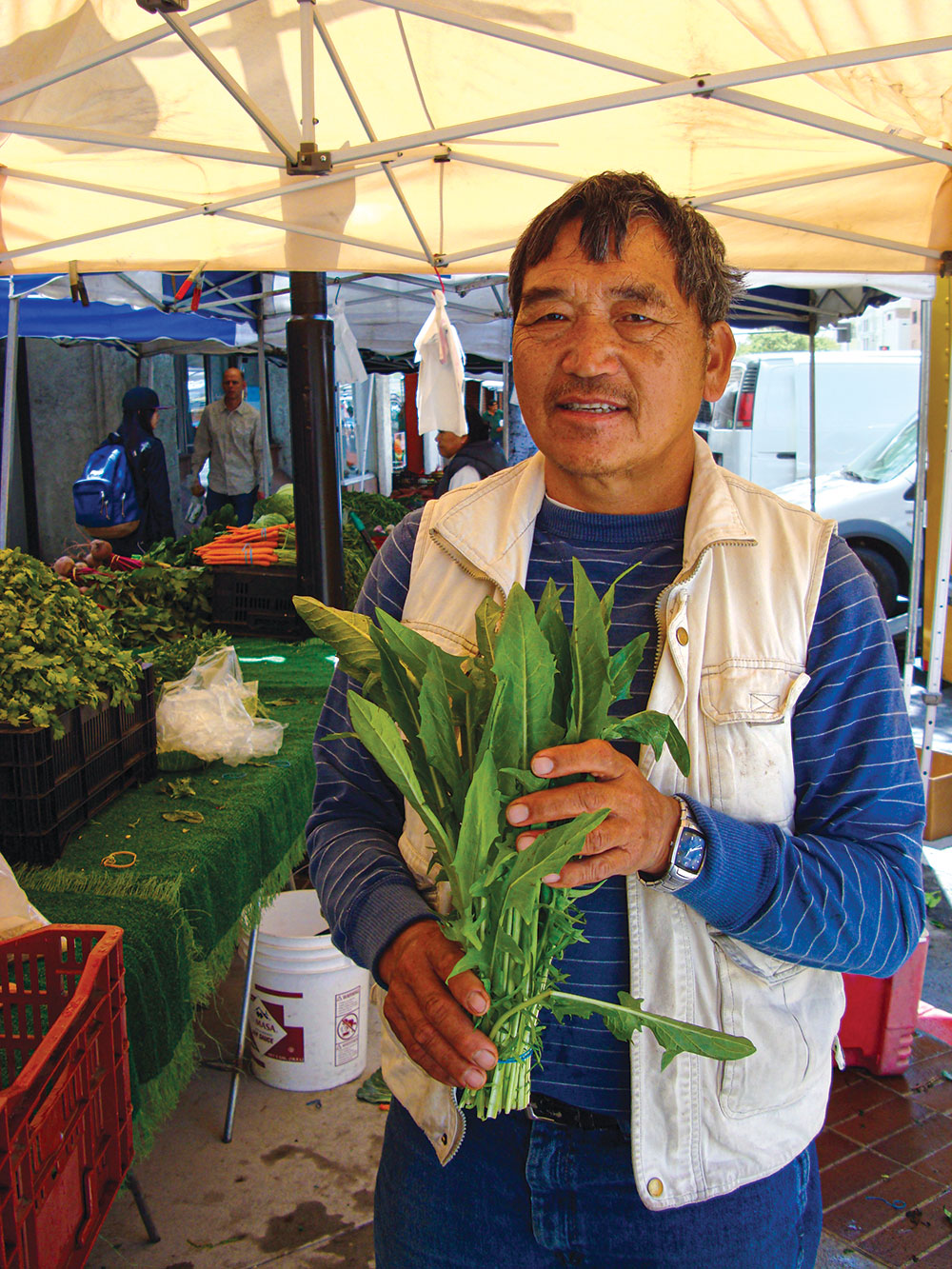
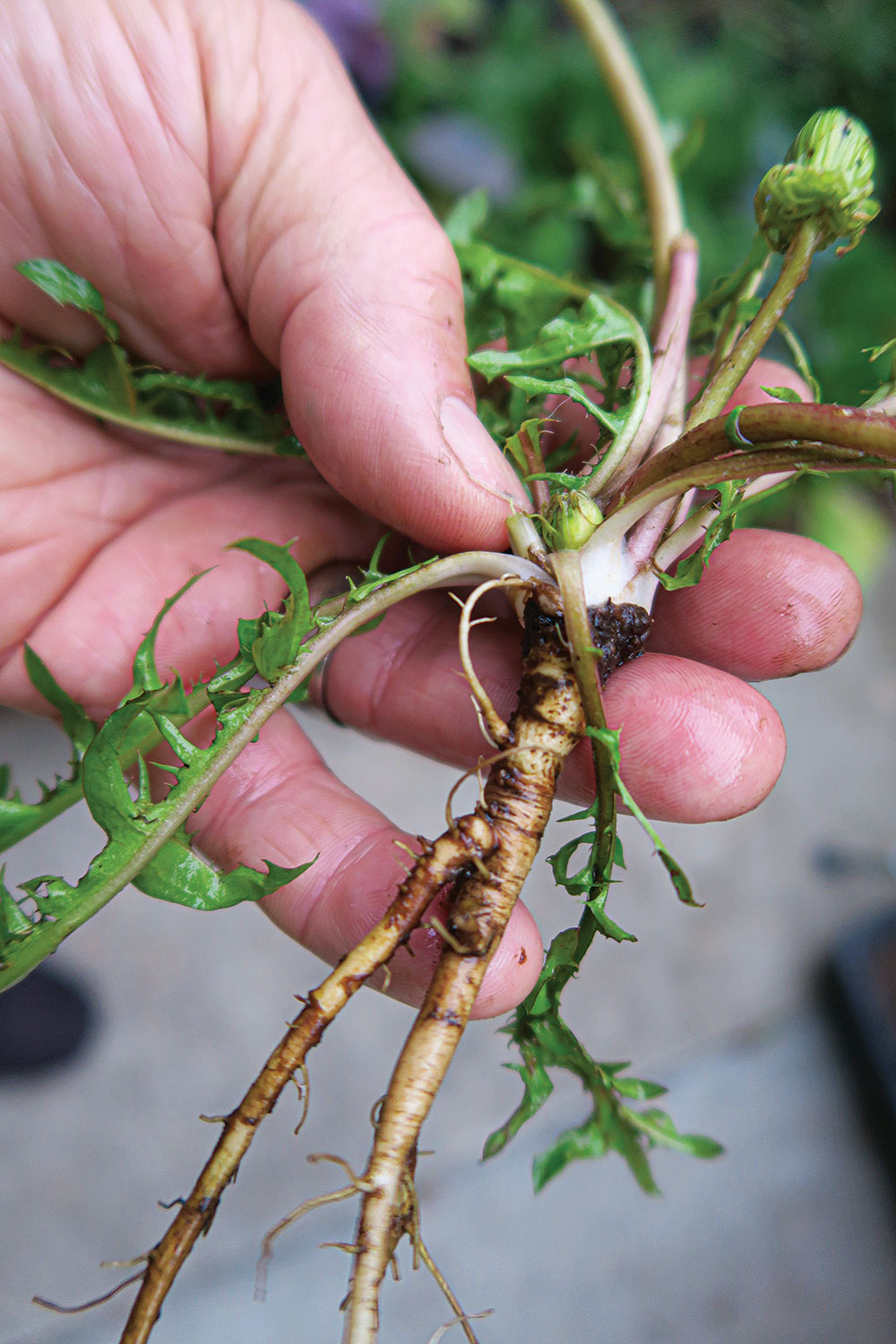
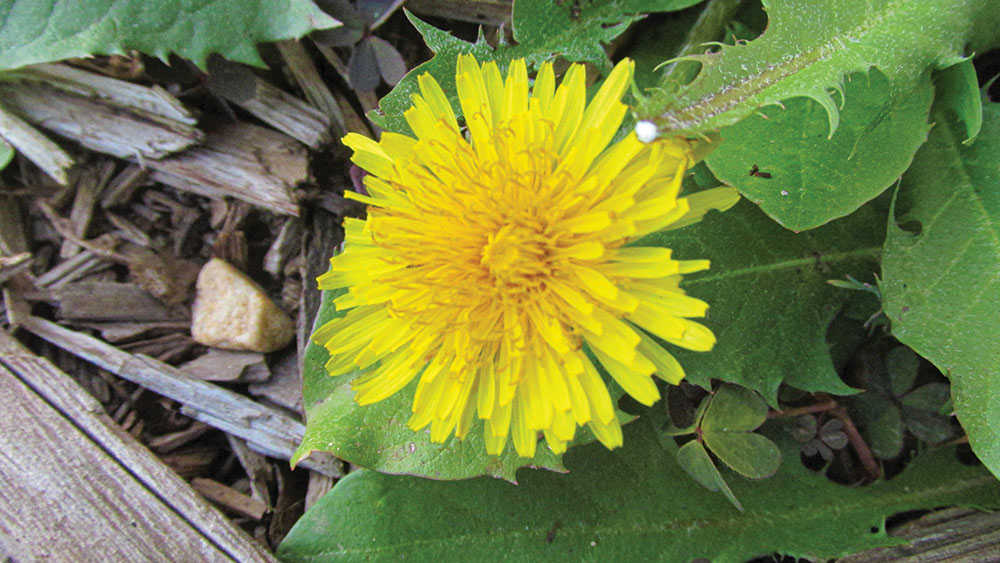
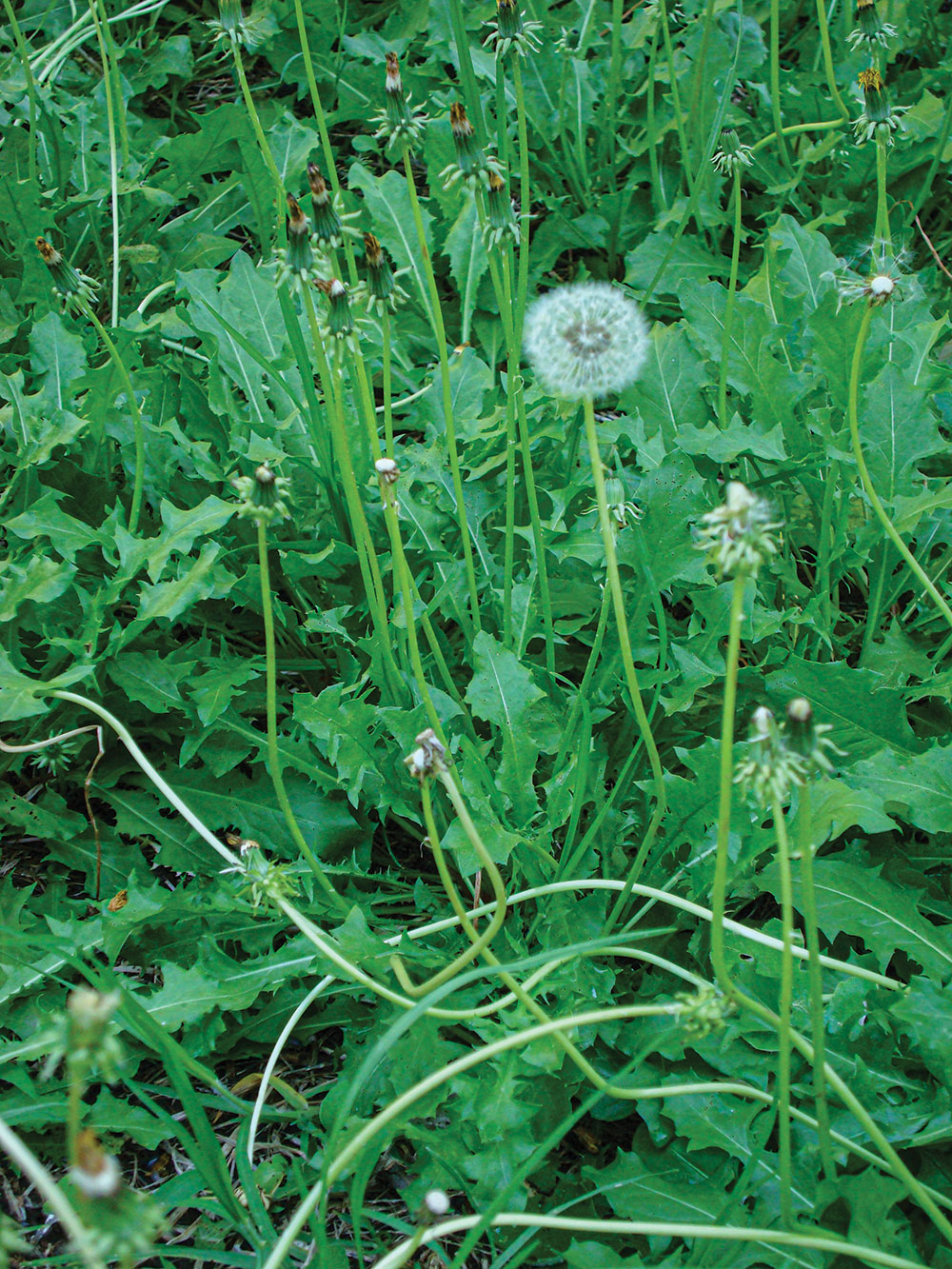
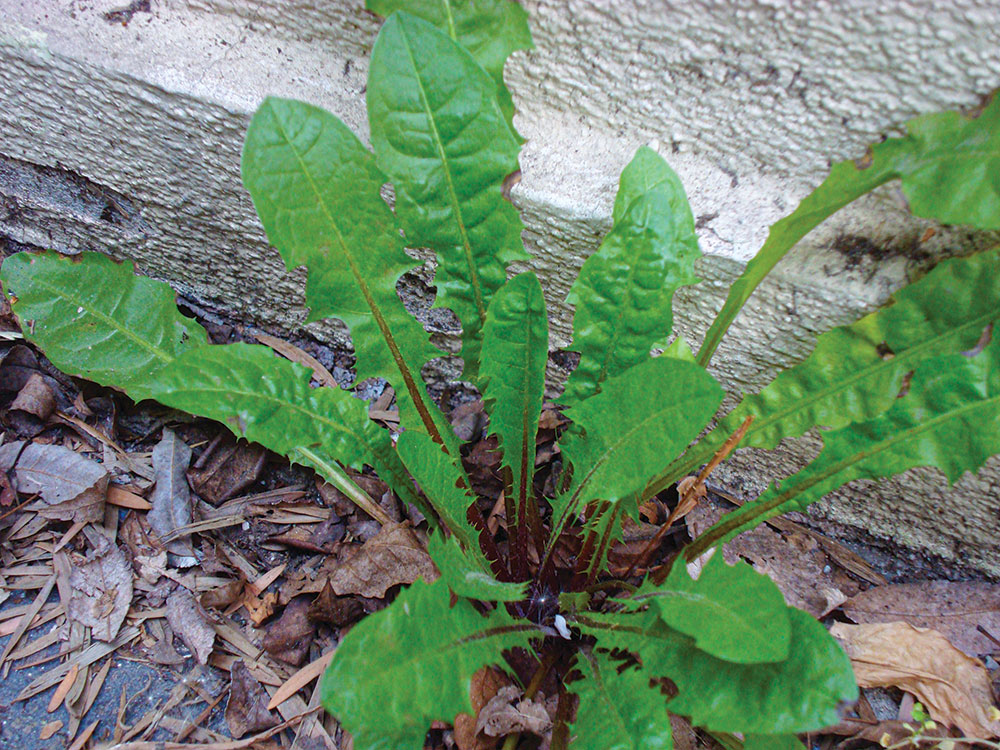
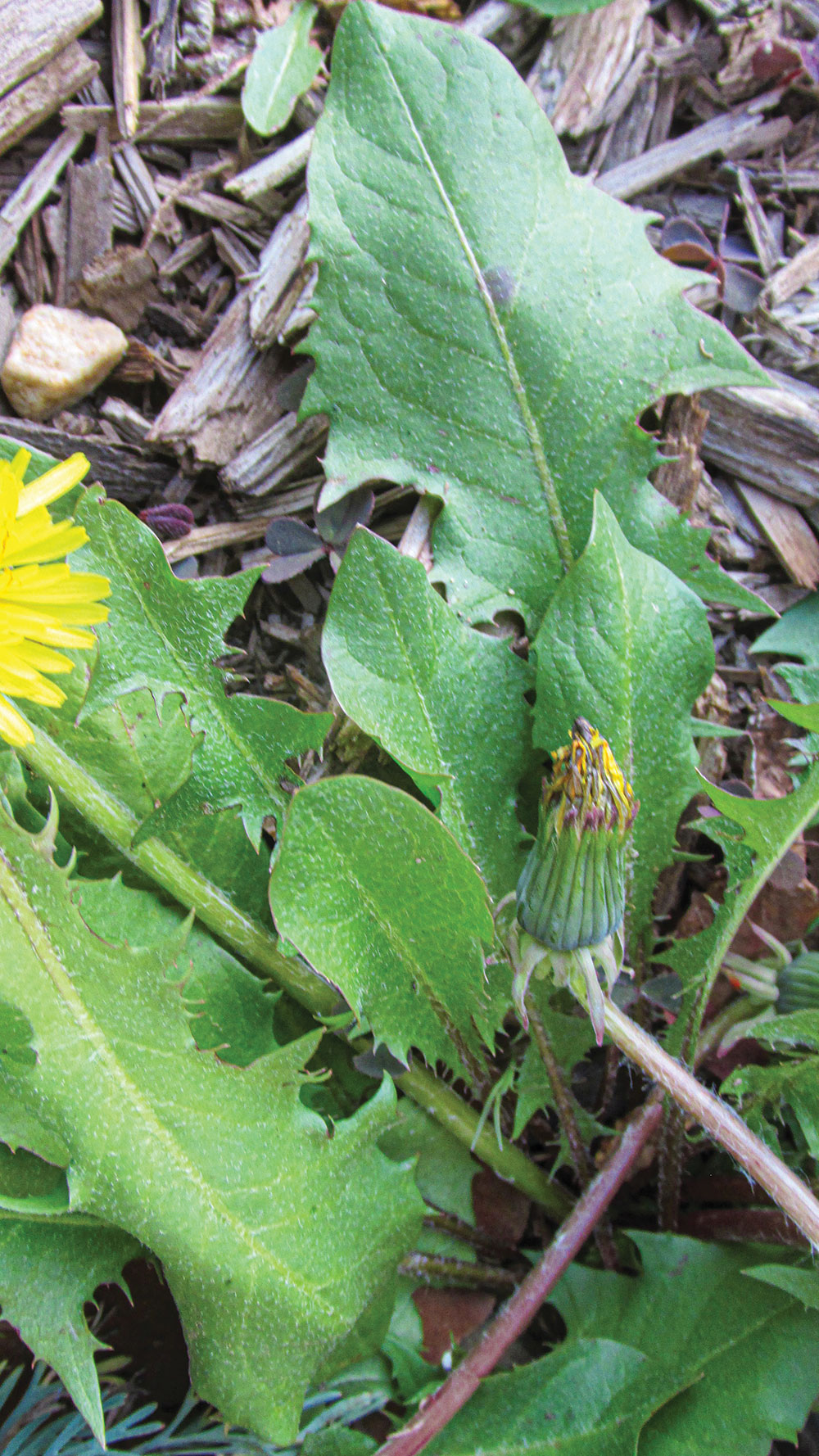
About AoG’s Plant Advisor
Christopher Nyerges has been teaching ethnobotany since 1974. He’s the author of Guide to Wild Foods and Useful Plants, Foraging Wild Edible Plants of North America and other books about the uses of wild plants. He can be reached at www.SchoolofSelf-Reliance.com.
A version of this article first appeared in the October 2021 print issue of American Outdoor Guide.

